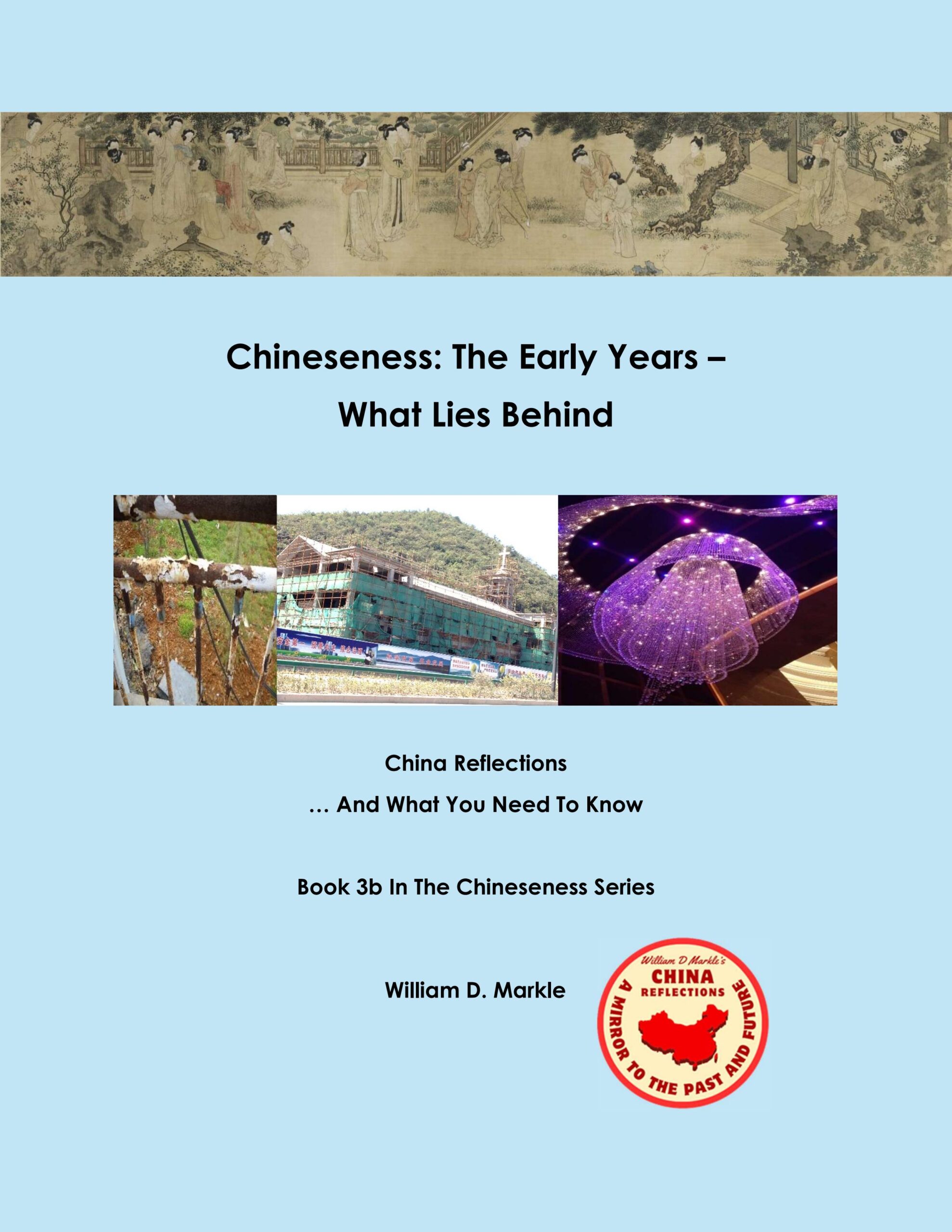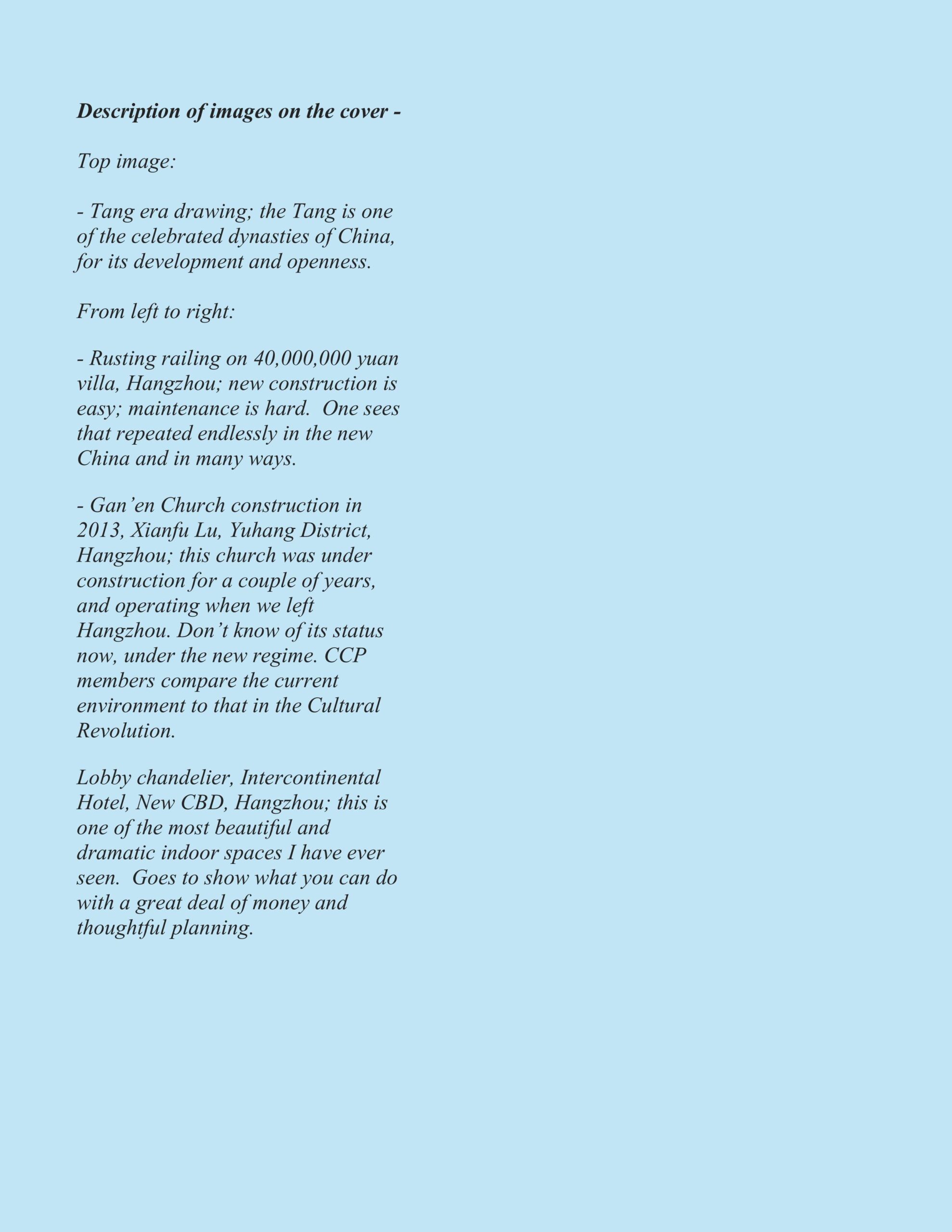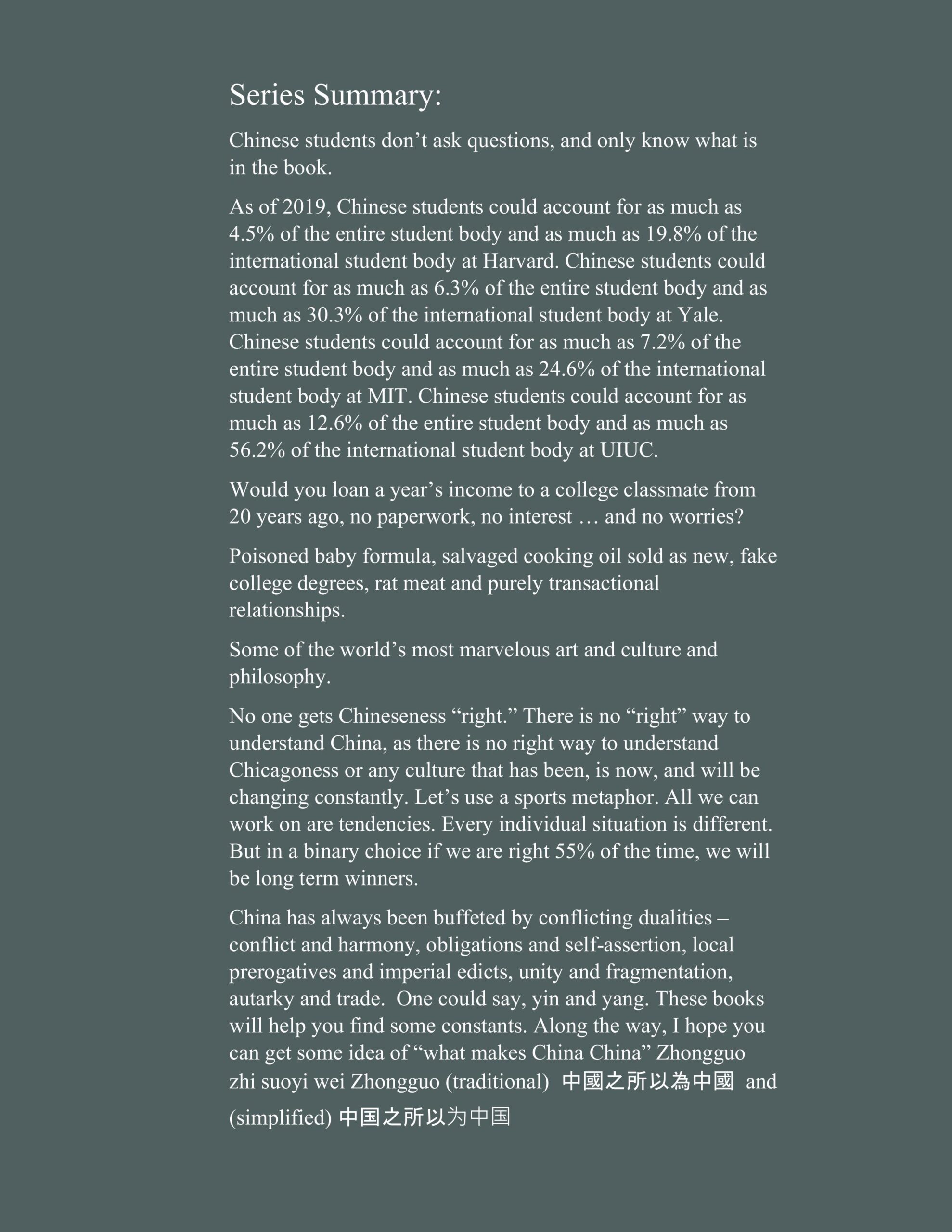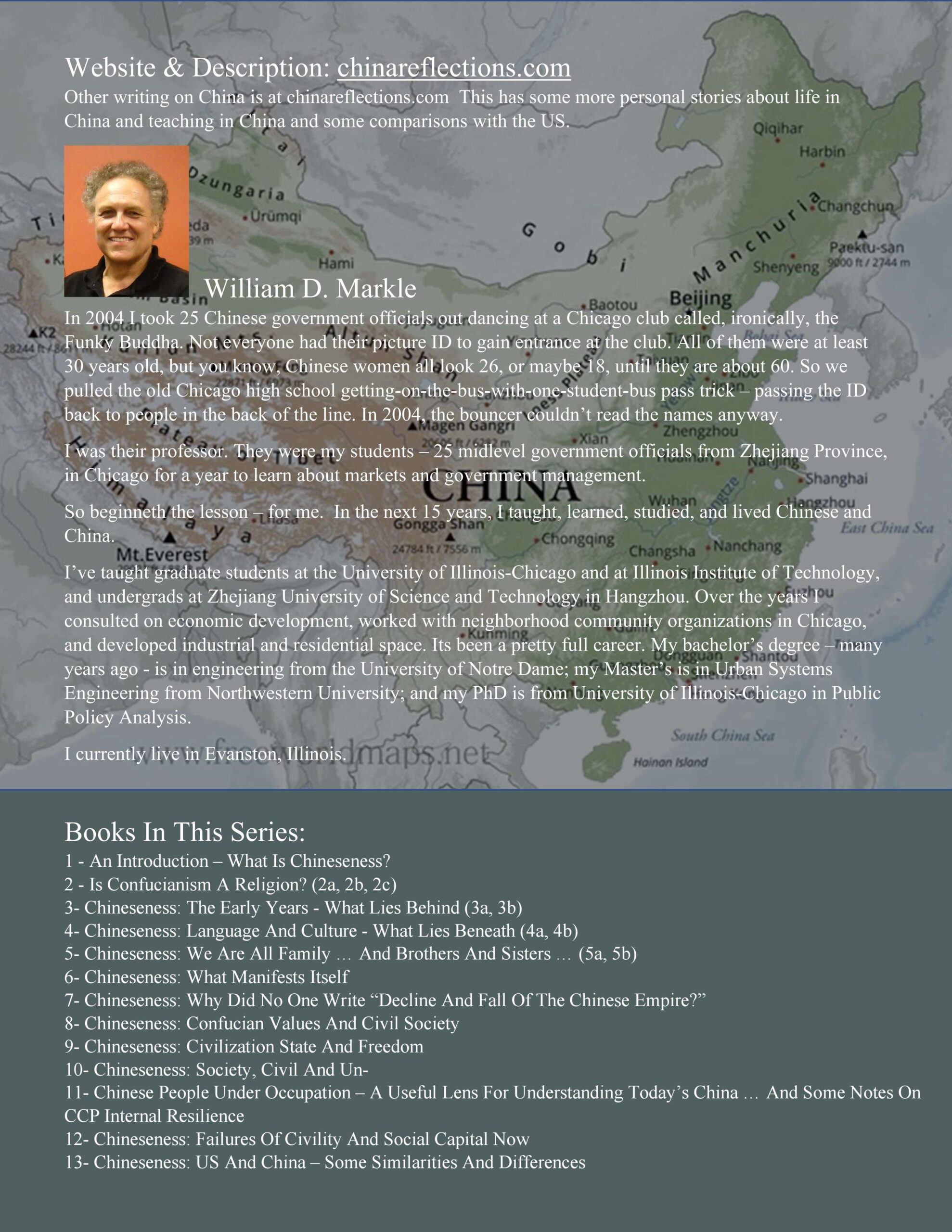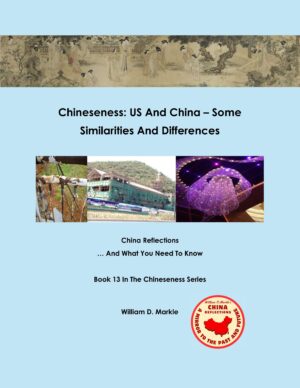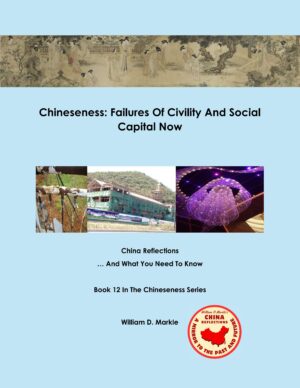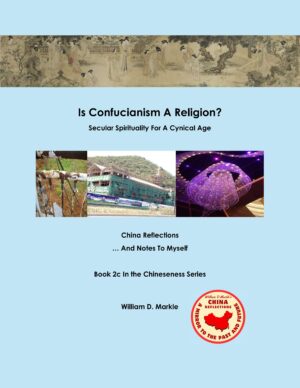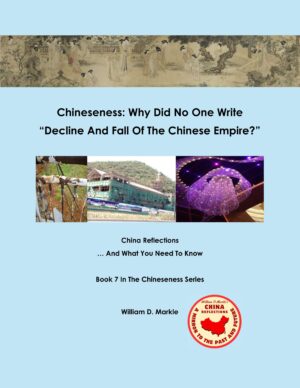Description
Heaven and the Yellow Emperor … a point distant in time … to about 1000 BCE
You may have heard it – Chinese extolling their 5000 years of continuous Chinese culture wuqiannian de wenhua and it gets a bit old for Americans, whose principal contributions to world culture, I tell students, are basketball and time zones. But 5000 years seems a rather extravagant claim. That would take Chinese culture back before the unification of Upper and Lower Egypt under the first pharaoh. Yes to the emperors, the son of heaven, and the palaces, and the art and sculpture and Confucius. But all that takes us back about 3600 years. Is there any justification for the ‘5000 years’ meme?
And … why are Greeks not Chinese? Greek and then Roman cultures evolved about the same time as Chinese. Why did the Roman empire collapse, not to be reborn, and Chinese dynasties maintained? What is that “west v east” distinction? The importance of trade and the faceless in Chinese art and identifiable persons in Greek and Roman.
This book is in two parts. Part 3a – Chapters 1, 2, and 3 – is Neolithic prehistory, then the Bronze Age and formation of states and kingdoms and moving from tribal conflicts to Shang and Zhou. Part 3b is a bit more on archeology, then empires and Warring States and emergence of Qin. And a bit on terms – zhongguo and huaxia and seres. And strategic thinking – “Hide your light and bide your time” and “peaceful rise” and “reform and opening up” and now “common prosperity.” All inform a sense of Chineseness.

